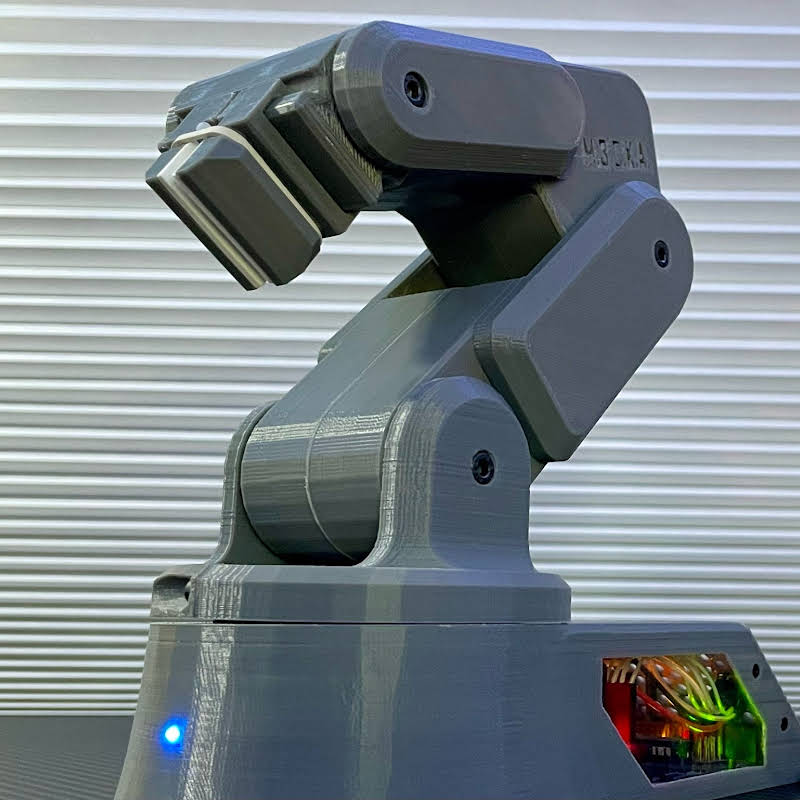In today's digital age, printers play a crucial role in both personal and professional settings. With a plethora of options available, it can be overwhelming to choose the right printer for your needs. In this blog post, we will explore and analyze the two most common types of printers used across various industries, providing you with valuable insights to make an informed decision.
- Laser Printers:
Laser printers have revolutionized the printing industry with their exceptional speed, precision, and cost-effectiveness. These printers utilize laser technology to produce high-quality prints by projecting an image onto a photosensitive drum. The two key components of a laser printer are the toner cartridge and the fuser unit.
Key Features and Benefits:
- Speed and Efficiency: Laser printers are renowned for their fast printing speeds, making them ideal for high-volume printing tasks. They can print several pages per minute, significantly reducing waiting time.
- Print Quality: Laser printers excel in producing sharp, crisp, and professional-looking prints, making them suitable for documents, reports, and presentations that require precision and clarity.
- Cost-effectiveness: Although laser printers may have a higher upfront cost, their cost per page is relatively low. The toner cartridges have a higher page yield compared to inkjet printers, resulting in long-term savings.
- Durability: Laser printers are built to withstand heavy usage, making them a reliable choice for businesses and offices.
Applications:
Laser printers find extensive use in industries such as:
- Corporate offices: Laser printers are the go-to choice for printing documents, contracts, and other business-related materials.
- Graphic design: The high-quality prints produced by laser printers make them suitable for graphic designers who require accurate color reproduction.
- Education: Laser printers are commonly used in educational institutions for printing study materials, worksheets, and assignments.
- Inkjet Printers:
Inkjet printers have gained popularity due to their versatility, affordability, and ability to produce vibrant color prints. These printers work by propelling tiny droplets of ink onto the paper through microscopic nozzles. The ink cartridges and print head are the primary components of an inkjet printer.
Key Features and Benefits:
- Color Printing: Inkjet printers excel in producing vibrant, high-resolution color prints, making them ideal for printing photographs, brochures, and marketing materials.
- Affordability: Inkjet printers are generally more affordable than laser printers, making them a popular choice for home users and small businesses.
- Compact Size: Inkjet printers are often compact and lightweight, making them suitable for environments with limited space.
- Versatility: Inkjet printers can handle a wide range of media types, including glossy paper, photo paper, and even fabric, allowing for creative printing options.
Applications:
Inkjet printers are commonly used in industries such as:
- Photography: Inkjet printers are favored by photographers for printing high-quality photographs with accurate color reproduction.
- Home and Small Offices: Inkjet printers are ideal for personal use, home offices, and small businesses that require occasional printing.
- Arts and Crafts: The versatility of inkjet printers makes them valuable tools for artists and craft enthusiasts who want to print their designs on various materials.
Conclusion:
Understanding the differences and applications of laser printers and inkjet printers is essential for making an informed decision when purchasing a printer. While laser printers excel in speed, precision, and durability, inkjet printers offer affordability, versatility, and vibrant color printing. Consider your specific needs, budget, and intended usage to select the printer that best suits your requirements. Remember, investing in the right printer can significantly enhance your productivity and overall printing experience.

